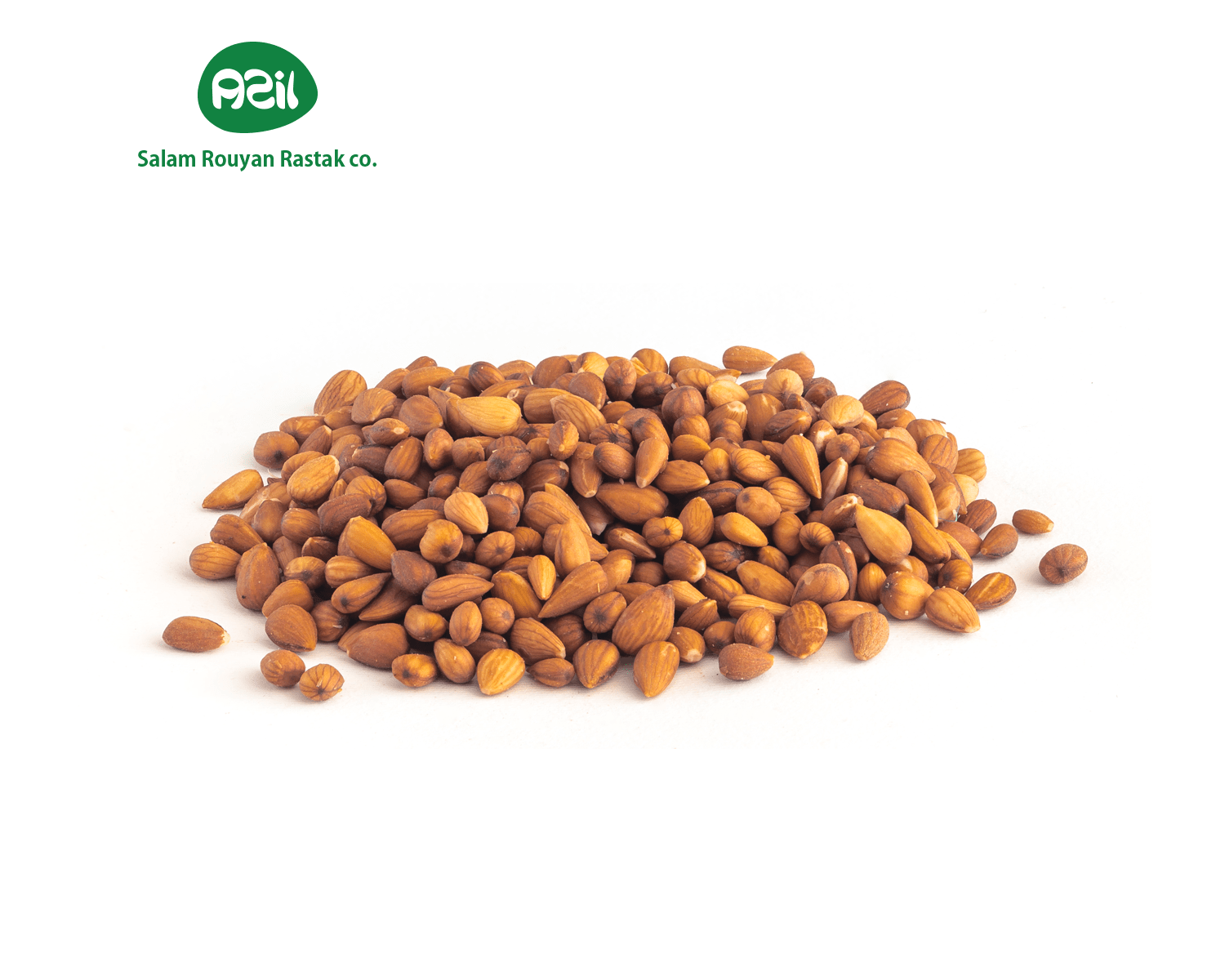Persian Almonds: A Nutty Gem of Iran
Nutty gems, with their rich flavor, are a beloved staple in Iran’s kitchens and traditions. Known as “badoom,” these treats grow in regions like Fars and Kerman. For example, their creamy taste enhances sweets like noghl. This article explores why these delights are treasured, how they’re used in cooking, and their health benefits. Plus, we’ll dive into their cultural significance, harvesting, and global appeal. As exporters of saffron, nuts, and more, we share Iran’s finest treats too. So, discover why Persian almonds are a delight, how they enrich meals, and why they’re loved worldwide. Join us to uncover this nutty treasure and see what makes it a timeless gem!
Introduction
Nutty gems bring a creamy charm to Iran’s food and culture. These treats, called “badoom” in Persian, grow in Iran’s sunny orchards and are loved in every home. They’re a key ingredient in dishes and a symbol of joy. We export saffron, nuts, and dates, including these almonds, but this isn’t just about trade—it’s about their story. This article covers their culinary uses, health benefits, and cultural ties. Let’s crack open Persian almonds!
The Roots of Persian Almonds in Iran (H2)

Azil Organic Roasted Sangi Almonds
Badoom have deep roots in Iran. They grow in places like Fars, Kerman, and Yazd, where warm days and cool nights suit them. Long ago, Persians used them in trade and feasts. Today, Iran produces over 100,000 tons yearly, a big share of the world’s supply. For example, farmers tend ancient groves with care. So, Persian almonds tie Iran to its past.
Why These Nutty Gems Are Treasured (H2)
These delights stand out for clear reasons. First, Iran’s climate gives them a rich, sweet taste. Next, their shells are often thinner, making them easy to crack. Also, they’re grown with traditional methods, keeping them pure. Compared to other varieties, these nuts have a creamier bite. As a result, they’re a favorite in Iran and beyond.
How Persian Almonds Are Harvested (H2)
Picking these nuts is a seasonal task. Here’s how it happens:
- Growing: Trees bloom in spring, nuts form by summer.
- Shaking: In late summer, farmers shake trees to drop nuts.
- Gathering: They’re collected from the ground by hand.
- Hulling: Shells are removed, leaving the nut.
- Drying: Finally, they dry in the sun for flavor.
So, this natural process keeps these nuts fresh and tasty.
Badoom in Persian Cooking (H2)
These treats shine in the kitchen. For example, they’re ground into marzipan for sweets like noghl. They’re also tossed into rice dishes like shirin polo for crunch. Another use? Soak them in water for a creamy snack. Some even roast them with salt for tea time. Because of this, Persian almonds are a staple in meals.
Health Benefits of These Nuts (H2)
These treats are packed with goodness. For instance, they’re full of vitamin E for healthy skin. They’ve got good fats to support your heart. Plus, they have fiber to keep your tummy happy. Another perk? They give energy with protein and magnesium. So, these nuts bring wellness with every crunch.
Persian Almonds in Cultural Traditions (H2)
These nutty gems aren’t just food—they’re culture. For example, they’re in Nowruz mixes for prosperity. Families coat them in sugar for weddings as a sweet wish. Also, old sayings link them to strength. Another tradition? Sharing them at Yalda Night for warmth. Because of this, Persian almonds hold a special place in Iran’s heart.
Almonds and Iran’s Daily Life (H2)
Badoom shape Iran’s daily life too. They support farmers in Fars and Kerman. Since they grow well in dry lands, they’re a steady crop. They also fill bazaars with their scent. We export saffron, nuts, and these treats, tying them to Persian pride. So, these nuts are a local lifeline.
Global Appeal of These Nutty Gems (H2)
People outside Iran crave badoom more each day. Why? First, they’re tasty and versatile. Next, health fans use them in milks or butters. Also, they’re sold roasted or raw in global markets. For instance, chefs add them to salads or desserts. Iran shares these nutty gems with the world. So, their popularity is growing.
Challenges with Almond Harvesting (H2)
Growing these treats can be tough. For example, drought hits orchards in Yazd hard. Then, pests like beetles can damage trees. Plus, harvesting by hand takes time and labor. However, Iran works to keep these nuts thriving and pure.
Opportunities to Share Badoom (H2)
There’s room to grow with badoom. For instance, organic ones could sell big. Also, making almond flours or spreads is a smart idea. Another way? Sell them online to reach more homes. We’re all in on sharing these treasures. So, these nuts have a bright future.
How to Pick the Best Persian Almonds (H2)
Want great badoom? Here’s what to check:
- Feel: They should be firm, not soft.
- Look: Light brown with smooth shells is best.
- Taste: Sweet and creamy means they’re fresh.
- Source: Get them from us—we promise quality!
This way, you enjoy top nuts every time.
Almonds Around the World (H2)
These treats flavor life beyond Iran. In Iran, they’re in sweets and rice. In Europe, they’re in cakes or granola. In Asia, folks add them to stir-fries or snacks. For example, you can blend them into smoothies too. Because of this, Persian almonds bring nutty joy everywhere.
The Future of These Nutty Delights (H2)
The future looks good for these delights. New irrigation can fight drought. Also, people love healthy options like badoom. We’re ready to share awesome almonds, saffron, and more. So, these nutty gems will stay a tasty star for years.
Conclusion
Persian almonds mix nutty flavor with deep roots. People in Iran and beyond love their taste, benefits, and stories. If you’re a cook or nut lover, these treats call you. We send Iran’s best with care. Want some? Contact us to try these delights. Let’s share this nutty gift together!

